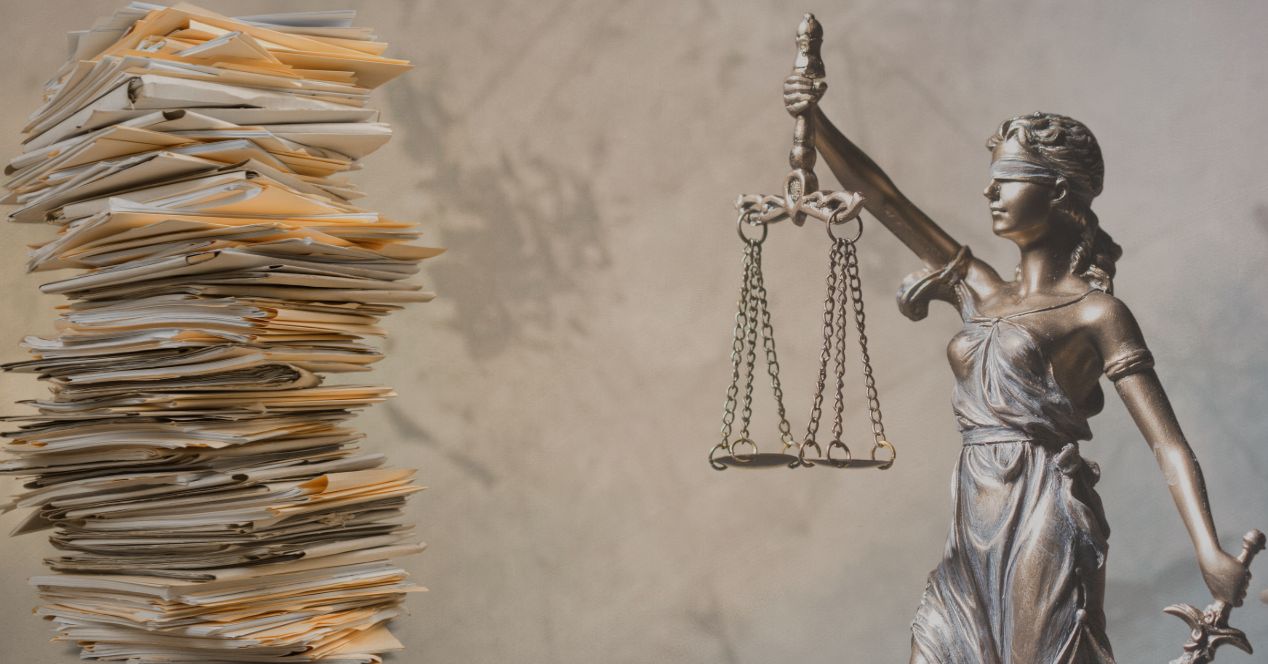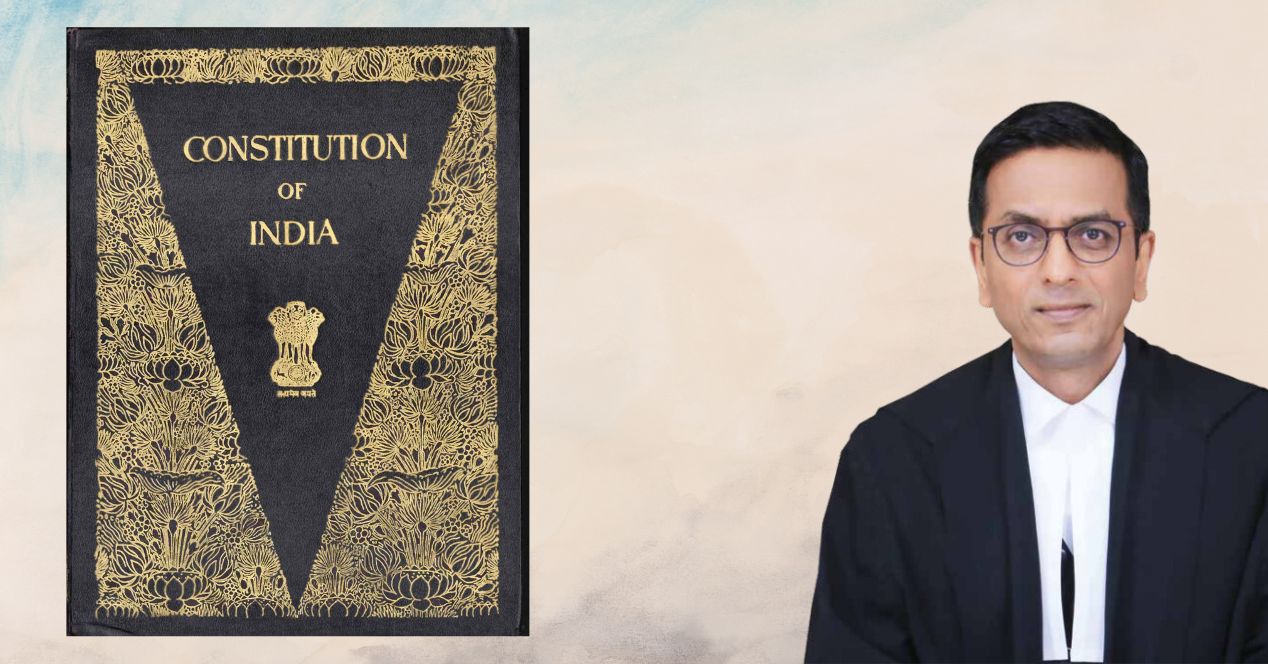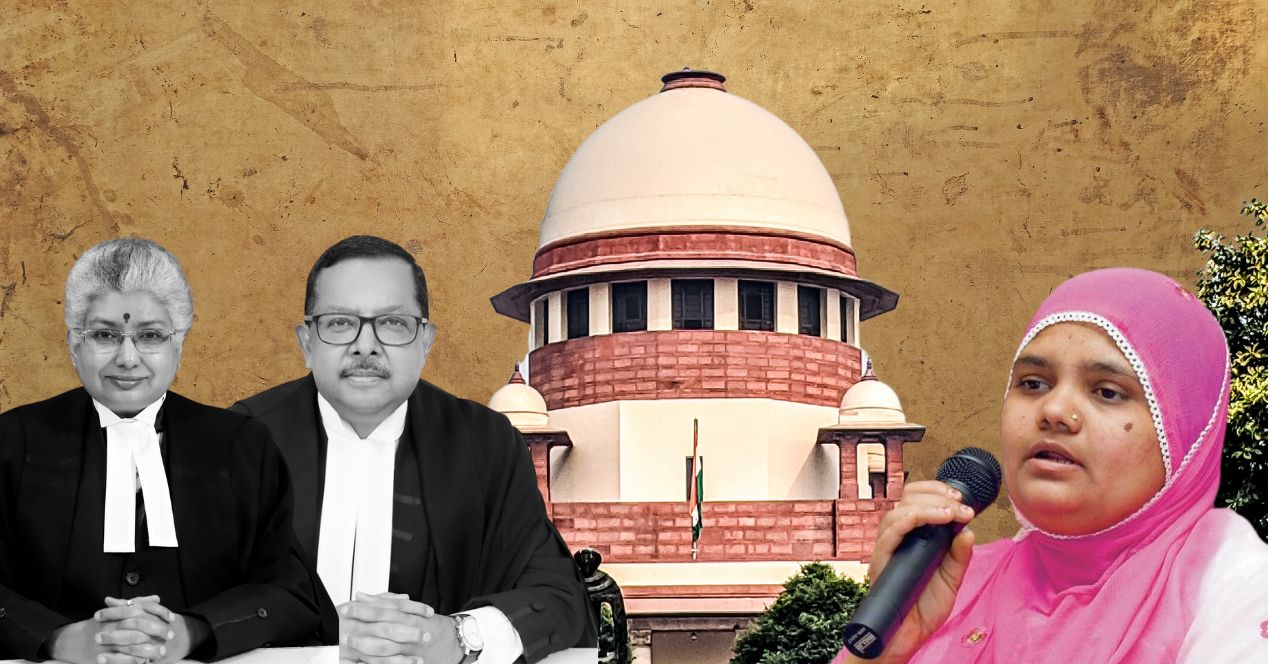Analysis
“What is your locus?” Optics, politics & frivolity in Public Interest Litigation
In recent years, PIL has become an extension of the political theatre while voices from the ground, stay silent still.

M.C. Mehta. For many of us, it’s a name that conjures up our first starry-eyed ideas of law as a tool for transformation. I first came across his name in environmental education class back in middle school. It was also the first time I heard about Public Interest Litigation. There was something fundamentally inspiring about how one lawyer had moved the Supreme Court in the spirit of all, and how the Court had set aside procedural constraints to deliver judgements that recognised the right to live in a clean environment.
In law school, I learnt about the origins of PILs. In 1979, Advocate Pushpa Kapila Hingorani filed the first ever PIL, after she was “sickened and revolted” by the plight of undertrial prisoners in Bihar. Though she was not their kin, the Court accepted the petition and ordered their discharge.
Since then, much has been said and done in the name of PIL jurisprudence in India. Landmark judgements on critical issues such as sexual harassment at the workplace, the rise of a class of public-spirited lawyers, and scholarly criticism of judicial activism (look up Anuj Bhuwania’s arguments)—we’ve seen it all.
Yet, the transformative possibility of the PIL retains its allure, especially because access to justice is never an irrelevant topic in India. When I saw there had been a major increase in the number of PILs filed in the last couple of years, I wanted to dig into the details. Was something shifting in the attitude of the Supreme Court?
Experts like Dr Aparna Chandra and Senior Advocate Colin Gonsalves don’t think so. On the contrary, Gonsalves suggested that a qualitative assessment of recent trends shows that the Court seems less “PIL-conscious” than it used to be.
The heady cocktail of politics and optics has fuelled an increase in frivolous petitions. From asking for cities to be renamed to seeking an extra stop for the Vande Bharat train, PILs have been filed for a range of issues that can grab the public’s interest but may not be in the public’s interest.
PILs were meant to be exceptions to the rule of locus standi. But the sheer audacity of some petitions that reach the Court have prompted judges to exasperatedly ask petitioners “What is your locus?” while dismissing their pleas.
The petitions that do progress to full hearings seem to be plagued by a different problem altogether—a lack of brave and comprehensive orders that cannot be easily overturned. Since the Bharatiya Janata Party came into power at the Centre in 2014, the Supreme Court has seemed wary of passing orders against the government. And when orders are passed, the Union has displayed a tendency to nullify their effect through laws and ordinances.
In recent years, the PIL has become an extension of the political theatre. Voices from the ground, that were meant to be represented in the higher courts, stay silent still. Perhaps it is time to reflect on the true purpose of PILs and go back to the roots. Citizens groups, the bar, the bench—all stakeholders need to look beyond the numbers and focus on the quality of petitions more than their quantity.
That’s what we at SCO have tried to do with our latest feature. Do spare a few minutes to read it, and write to us with your thoughts.
This article was first featured on SCO’s Weekly newsletter. Sign up now!
Subscribe!



